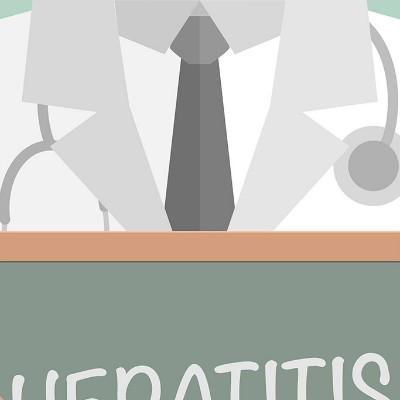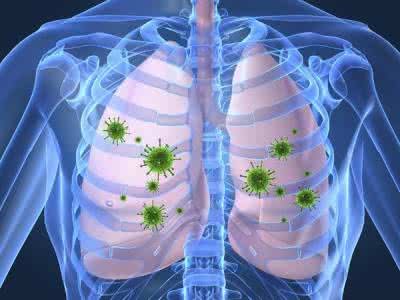How is acute medullary leukaemia caused?
summary
Acute myelogenous leukemia (AML) is a kind of blood cancer with abnormal proliferation of myelogenous leukocytes (not lymphocytic leukocytes). It is characterized by the rapid proliferation of abnormal cells in the bone marrow and the production of normal blood cells. Acute myelogenous leukemia is the most common acute leukemia in adults, and its incidence rate increases with age. Acute myeloid leukemia is still a relatively rare disease, accounting for about 1.2% of cancer deaths in the United States. How does that acute bone marrow sex leukaemia cause?
How is acute medullary leukaemia caused?
1. Long term close contact with organic solvents increases the risk of AML. An epidemiological survey in China shows that the risk of leukemia among workers in benzene factories is 5-6 times higher than that of the general population. The average incubation period from exposure to onset is 11.4 years. After 80 days, 11% of female mice and 19% of male mice developed AML.
2. Ionizing radiation induced leukemia has been confirmed. In 1984, 26 provinces, cities and autonomous regions of China investigated more than 20000 clinical X-ray workers in 30 years. The standardized incidence of leukemia was 3.5 times that of the control group, and AML accounted for 34.4%. The incidence of leukemia in patients with ankylosing spondylitis treated by X-ray was 9.5 times of that in the same age group. In Japan, the incidence of leukemia in the population affected by atomic bomb radiation is 4-40 times higher than that in the normal population, and has a linear relationship with the radiation dose. A total of 766 Cases of Leukemia Occurred in the above exposed population, 48% of which were AML. The risk of leukemia after radiotherapy for multiple solid tumors increased by 2 times.
3. Heredity has been proved to be one of the important risk factors of leukemia. After monozygotic twins develop leukemia, their siblings are five times more likely to develop leukemia in one year than the normal population. The incidence of leukemia in high risk families is 16 times higher than that in normal families. The incidence of leukemia associated with special chromosomal abnormalities, such as Down syndrome, Fanconi anemia, Bloom syndrome and neurofibromatosis, is much higher than that of normal population.
matters needing attention
(1) Avoid excessive exposure to X-rays and other harmful radiation. Personnel engaged in radiation work should be well protected. Pregnant women and infants should pay special attention to avoid exposure to radiation( 2) Prevention and treatment of various infections. Especially viral infection. For example, type C RNA virus( 3) Use certain drugs with caution. Such as chloramphenicol. Botazon. Some antiviral drugs. Some antitumor drugs and immunosuppressants. Long term use or abuse should be avoided( 4) Avoid contact with certain carcinogens. Do a good job in occupational protection and monitoring. Such as in the production of phenol. Chlorobenzene. Nitrobenzene. Spices. drugs. pesticides. Synthetic fiber. Synthetic rubber. Plastic. Dye, etc. Pay attention to avoid harmful contact. Toxic substances( 5) Regular general survey should be done for high-risk population of leukemia. Pay special attention to the warning signs and early symptoms of leukemia. Those who have conditions can take Tianxian vitality source for preventive treatment.

















